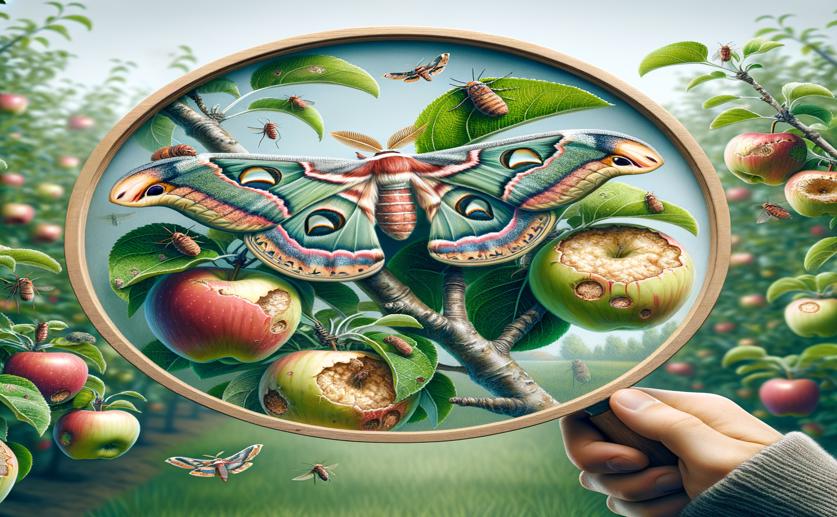
Lure Specificity, Timing, and Damage by Epiphyas Moths in Apple Orchards
Jenn Hoskins
26th July, 2024

Image Source: Natural Science News, 2024
Key Findings
- The study took place in southwestern Western Australia, focusing on three Epiphyas species in key apple-growing areas
- LBAM was found only in the Perth Hills, while E. pulla was detected in apple orchards near Manjimup and Pemberton
- The lures were effective for LBAM and E. pulla but not for the undescribed Epiphyas sp. (1), indicating a need for further refinement
AgricultureEnvironmentAnimal Science
References
Main Study
1) Lure specificity, phenology, and damage caused by Epiphyas moths (Lepidoptera: Tortricidae) in Western Australian apple orchards.
Published 24th July, 2024
https://doi.org/10.1093/jee/toae162
Related Studies
2) Failure by design: lessons from the recently rescinded light brown apple moth (Epiphyas postvittana) eradication program in California.
3) New sex pheromone blend for the lightbrown apple moth, Epiphyas postvittana.
4) Feasibility of Mating Disruption for Agricultural Pest Eradication in an Urban Environment: Light Brown Apple Moth (Lepidoptera: Tortricidae) in Perth.



 11th July, 2024 | Jenn Hoskins
11th July, 2024 | Jenn Hoskins